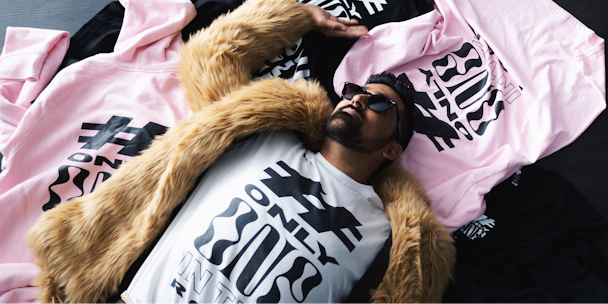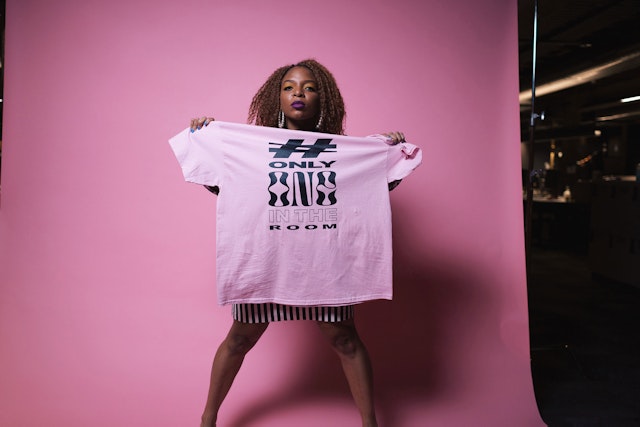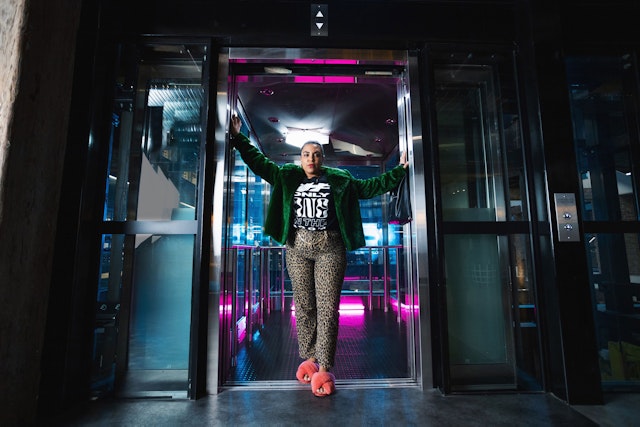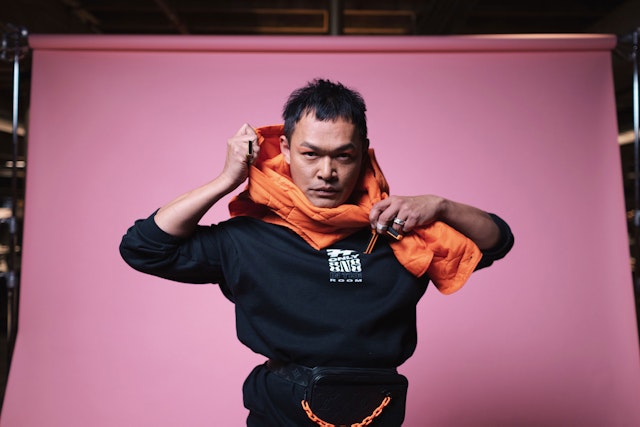Addressing the lack of diversity in Australia’s ad industry: what needs to change?
To address the lack of diversity in Australia’s ad industry, a group of ad execs have launched a platform to offer a voice, recognize the diverse people that are already in the industry, collectively bring more young diverse talent in, and work on eliminating biases that can hold diverse people back. The Drum finds out how they want to partner with like-minded professionals and brands seeking tangible action.

The #OnlyOneInTheRoom platform’s singular goal is to create a more open, culturally diverse and inclusive advertising industry
Australia is an incredibly diverse nation where there are over 300 languages spoken locally and 30% of the population was born overseas. In addition, 20% of people speak a different language at home.
However, this does not translate into the ads Australia sees or the ad agencies that create them. This means for young people from culturally and racially diverse backgrounds, the industry feels inaccessible, exclusive, even alien for them.
At the other end of the spectrum, agency leadership teams are monochromatic as only 16% of people in advertising are culturally diverse, and often they are the only ones in the room.
A group of Australian adland professionals from across the industry, representing more than 20 cultural backgrounds, have joined forces to launch #OnlyOneInTheRoom, a platform designed to create a more diverse advertising community.
Pia Chaudhuri, the executive creative director at BMF and one of #OnlyOneInTheRoom’s three co-founders, says the group made this decision as the lack of diversity is a massively missed opportunity and is holding the industry back from achieving the creative heights it is capable of, and producing the work clients and audiences deserve.
“We have been reflecting on all of this and working separately on a range of initiatives to address it. Then last year the murder of George Floyd and the Black Lives Matter movement that rose out of it lit a fire under our ambition to help create a fairer, more representative industry,” she explains.
“We began talking and quickly agreed that the pace of change needs to accelerate. And that collaboration is the way to drive progress. So, rather than a single initiative, we wanted to create a grassroots movement that like-minded people could join and be part of the change.”

The #OnlyOneInTheRoom platform’s singular goal is to create a more open, culturally diverse and inclusive advertising industry, explains Avish Gordhan, executive creative director at M&C Saatchi and fellow #onlyoneintheroom co-founder, as the group believes that diversity of experience and thought is the bedrock of creativity.
This is essential for storytelling and connecting with people in meaningful ways, which is extremely valuable to clients, and minority groups and communities.
“There has been much talk in high places about this issue, but not a lot of action. We need to work together towards more equitable representation. #OnlyOneInTheRoom hopes to build this unity,” Gordhan explains.
“Many of the reasons why only 16% of people in advertising in Australia are culturally diverse are systemic, all of them frustrating. Pathways into the industry are a big one. Although diversity has been a buzzword for years now, the ad industry is still far more accessible to those with a certain kind of socio-economic background.”
He adds: “Then there’s the fact that the industry is continually fishing in the same pool. There are so many smart, talented kids out there, from a wide range of cultural and ethnic backgrounds, who simply do not know that a career in advertising is even a thing. We need to reach out to them, inspire them and invite them in. Another point is that the culturally and ethnically diverse people who are in the industry – the people who are the #OnlyOneInTheRoom – can often feel isolated, patronized, even fetishized.”

Chaudhuri stresses that the group does not want #OnlyOneInTheRoom to be a hierarchical group as they see it as more of an idea, with tentacles reaching throughout the ad industry and with different sets of people leading different initiatives under the #OnlyOneInTheRoom banner.
While she acknowledges there is much to be done, she says the group is full of optimism as #OnlyOneInTheRoom is founded on the belief that one day it will not have to exist.
“We hope to see a more open and equitable industry that is fully representative of the make-up of this nation. That would mean more brilliantly diverse creative departments, agencies, production companies and client teams, creating work that’s smarter, more authentic and more effective,” she says.
“It will take a lot of work to get there but it’s the right thing to do. We also reckon it would be a much more rewarding and fun industry to work in.”

As brands in Singapore are finding it a challenge to get their ads culturally right, public relations practitioners have come together to form NoLabels Collective to identify and stop misrepresentation and discriminatory content before it happens.
Made up of advisors from diverse backgrounds, including media veterans and advocates, the non-profit group wants to help marketing teams that are lean and may lack representation and cultural understanding of the diverse segments of people within the community.
Content submitted for feedback will be reviewed specifically on potential misrepresentation (design, language or quality of content will not be reviewed) for a nominal fee. The team will assess the content and forward the submission to a contributor to review and convey feedback within five working days depending on complexity.

